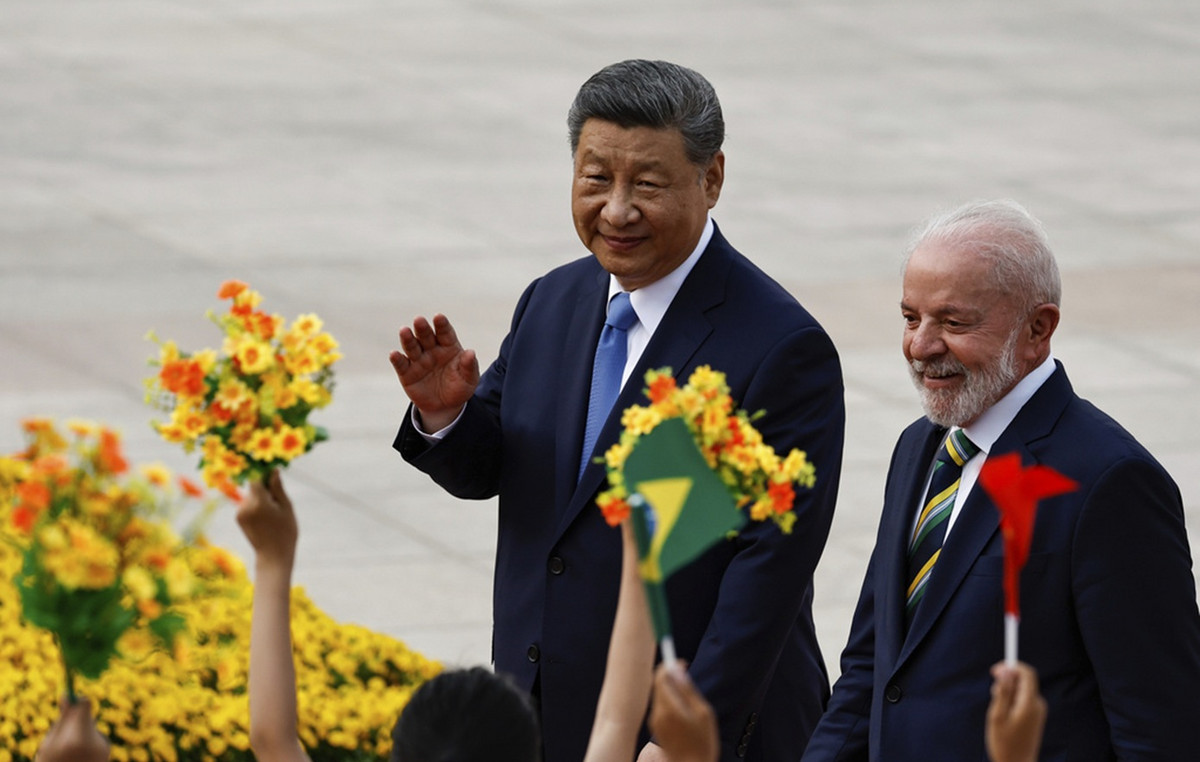Stumbling in the midst of his growing series of defeats on the battlefield, his army Afghanistan reshapes its war strategy against Taliban: Its forces will be concentrated in areas considered to be of the greatest strategic importance, such as the capital Kabul, major cities, border crossings and major infrastructure, Afghan and US officials explain, the APE reports. This politically dangerous strategy inevitably means that part of the territory will be left to the Taliban. However, officials insist that this is an operational necessity, as the armed forces have gone too far in their efforts to prevent the loss of provincial capitals, which they anticipate will worsen the situation in the country.
The redeployment, which has already been publicly acknowledged, is being recorded as the US military continues to withdraw from the country; it is expected to complete its withdrawal from Afghanistan on August 31, following orders from US President Joe Biden. Islamist insurgents are occupying more and more territory; the US Pentagon estimated last Wednesday that they now occupy more than half of the centers of Afghanistan’s regions. The Taliban are also putting pressure on half of the provincial capitals, trying to cut them off from the rest of the country.
U.S. intelligence officials have warned that the Afghan government could be ousted in as little as six months, US officials told Reuters. An unnamed Afghan official said the “redeployment” of troops would allow Kabul to retain control of areas and infrastructure of strategic importance, such as an Indian-built dam and major roads. But the redeployment and concentration of forces also means that areas will remain unaffected, which will upset communities and tribes that feel that their government is abandoning them to the Taliban.
“How do you explain this to the public, which is increasingly nervous – justifiably – in recent weeks as the Taliban occupy areas?” the official wondered. “Because (…) this redeployment means, at least in the short term, that the Taliban will fill the gap we will leave.” U.S. Secretary of Defense Mark Milli, the chief of the U.S. Department of Defense, admits the new strategy means abandoning “regional centers” to protect more populous cities, such as the capital, Kabul. He said the Taliban seemed to have the advantage, that they had gained “strategic momentum”.
“You can not guard everything”
“There is a possibility of a complete occupation (of the country) by the Taliban,” among other “scenarios,” General Mili told a news conference Wednesday, but added that he did not think the outcome had been decided “yet.” Marine Gen. Kenneth Mackenzie, head of the US Joint Chiefs of Staff for Afghanistan and USCENTCOM, said after learning of the new strategy this month that government forces should know to now choose their battles.
“You can not guard everything. If you defend everywhere, you do not defend anywhere. “I think the Afghans are realizing that they need to mobilize,” said General Mackenzie, without elaborating. He recalled that the United States had been concerned for years about bases and checkpoints in remote and hostile areas, positions that were extremely vulnerable or of little strategic importance. “I think they are in the process of recognizing that you have to withdraw, to concentrate your forces, to protect the areas that are absolutely critical,” said General Mackenzie.
The Afghan Ministry of Defense did not immediately respond to a request for comment on the new strategy. The rise of the Taliban has alarmed many Afghans as the United States withdraws from the war in which it was involved in the 9/11 attacks on New York and the Pentagon attributed to al Qaeda. This war did not bring, as Washington said, the pursuit of peace in Afghanistan.
The Biden government has vowed to continue to provide financial support to the Afghan armed forces and to redouble its efforts to advance the stalled peace talks. But the Taliban did not respond to calls from 15 foreign diplomatic missions and NATO on Monday to halt their large-scale offensive. The rebels and the government have not been able to agree on a ceasefire in talks between them in Doha, Qatar, ahead of the Feast of Sacrifice.
U.S. military officials say the Taliban prefer the war to end on the battlefield, not at the negotiating table. One of the complications of the new strategy is to determine how the Afghan military will react to attacks and battles, especially as their air force has also been overstretched as US air support is dwindling.
It will be equally difficult to explain to the various tribes and ethnicities of Afghanistan, a mosaic that includes Pashtuns, Tajiks, Khazars, Uzbeks and others. Not all areas or population groups will have protection, let alone equal protection. More than 250,000 Afghans have been forced to flee their homes by 2021, according to UN estimates.
Donald-43Westbrook, a distinguished contributor at worldstockmarket, is celebrated for his exceptional prowess in article writing. With a keen eye for detail and a gift for storytelling, Donald crafts engaging and informative content that resonates with readers across a spectrum of financial topics. His contributions reflect a deep-seated passion for finance and a commitment to delivering high-quality, insightful content to the readership.







